For people into running and other cardio activities, there's a plethora of apps and accessories available in the iPhone ecosystem. So why are major accessory makers — including Apple — largely ignoring strength training?
There are plenty of third-party strength apps available, to be clear. Options like StrongLifts 5x5 and Strong Workout Tracker are practically standard, it's just that they demand entering things manually. There's also a constellation of supporting apps, such as MyFitnessPal for managing calories and macros.
Whenever you look into hardware however, strength training seems to be an afterthought. Devices — and their companion apps — almost always assume that you're running, walking, or cycling, and that your main goal is to lose fat. In fact the companion app for a smartscale we reviewed, the Polar Balance, automatically assumes weight gain is a problem.
Trackers like Garmin and Fitbit's do let you record strength training, but often with the barest of details, such as time elapsed and heart rate/zones. On the Apple Watch, there aren't even any default strength-related options in the Workout app — you have to create one yourself using the "Other" button.
Sometimes, Apple and other device makers seem to be supporting everything but strength. The Apple Watch Series 2 handles swimming and wheelchair activities, and Garmin's products even manage things like golfing and boating.
The main issue seems to be the ease of tracking. It's relatively simple to record actions like running — by default, an iPhone will even use its own accelerometer and gyroscope to track steps, albeit poorly. Motions like squatlifts and deadlifts are inherently more complex, especially since form varies from person to person and rep to rep, and people need to rest between sets.
Attempts have been made in the strength field, most notably by the the Atlas Wristband, which can log sets, reps, and weights. Its implementation is still pretty rough though, and it's annoying that a company with deeper pockets isn't giving it a shot.
With its gigantic research budget and elaborate health testing facilities, it's almost mysterious that Apple hasn't built complex strength tracking into watchOS. It could be that it feels the market is too small, but that's unlikely — the dumbbells at chains like Planet Fitness and Gold's Gym aren't just for show.
The greater probability is that Apple has higher priorities, and/or has done testing, but it hasn't met the standards for a shipping product. While early adopters might be willing to put up with quirks, many Apple shoppers have been conditioned to expect a product that "just works," whether or not that's realistic in every circumstance.
Serious strength training probably won't appear on the Apple Watch Series 3 or in watchOS 4, though it remains a possibility. Many more workout types, including strength training, are coming to watchOS — it's just that most of them are liable to be barebones options.
That may leave it to third parties to pick up the slack, and there doesn't seem much hope there either, based on a lack of rumors.
One day, hopefully, companies will overcome technical hurdles and cater to a long-neglected fitness segment. Until then, logbooks — paper or app-based — may remain a staple at gyms.
 Roger Fingas
Roger Fingas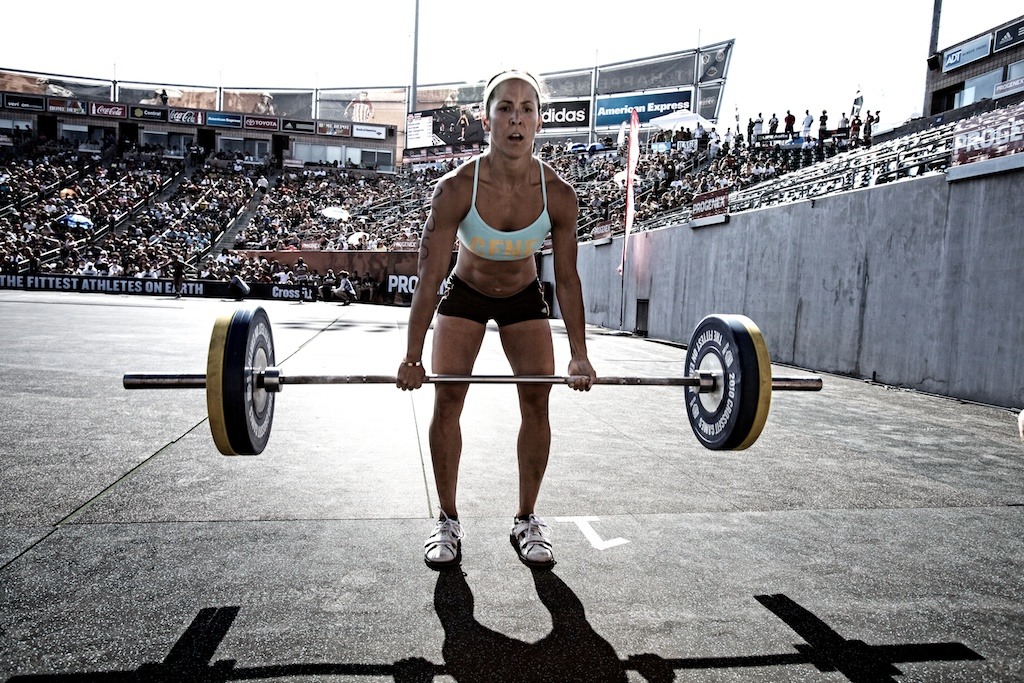
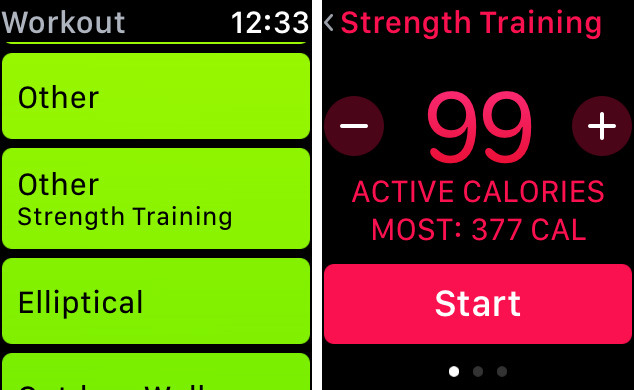

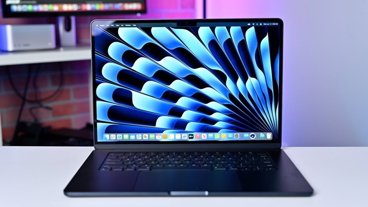


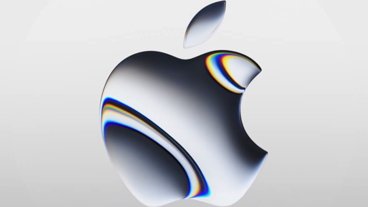


-m.jpg)



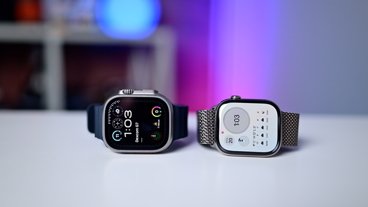

 Christine McKee
Christine McKee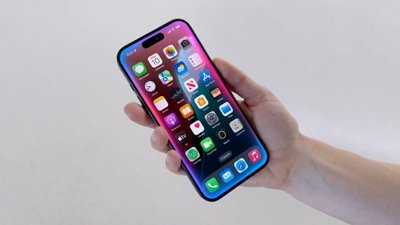
 Mike Wuerthele
Mike Wuerthele
 Amber Neely
Amber Neely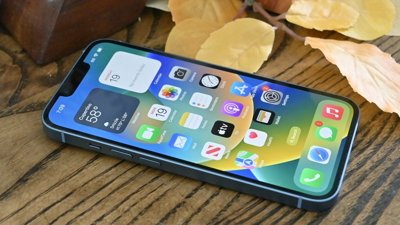

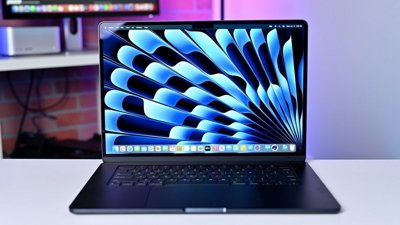
 William Gallagher
William Gallagher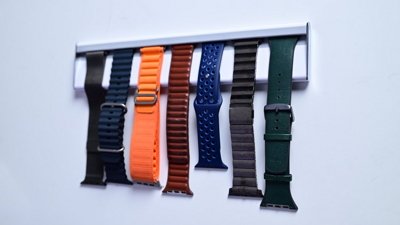
 Andrew O'Hara
Andrew O'Hara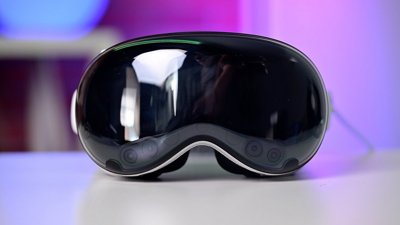
 Andrew Orr
Andrew Orr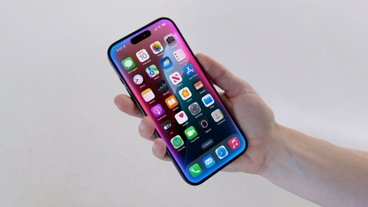
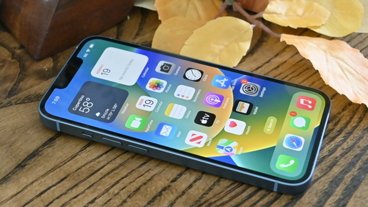
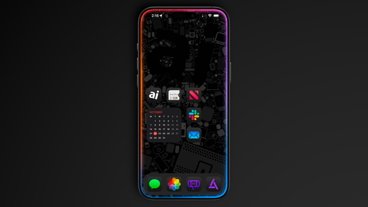


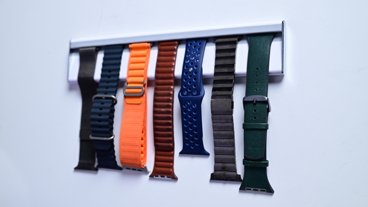

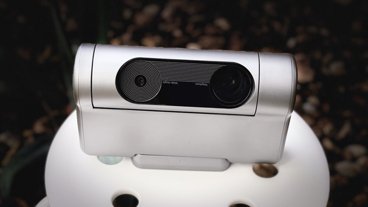

37 Comments
As a Personal Trainer I can't count how many times this comes up.
Equinox and Lifetime have in house solutions but mostly even Trainers prefer paper it's just quicker.
i moved to iPad as soon as it came out and my friend went in develop the Pump One app that lived in the last iPod and then evolved into Fitness Builder - but again that's manual.
The UnderArmor 39 was a good stab but illicited more respiration data, the Atlas watch is garbage ...
the problem is basic... the best laid plans stray and the recording needs to somehow know the weight, force and number of reps and sets and without SOME setup I can't see how that happens...
but its not a small problem. Rebook Crossfit is struggling with this as welll... they pass the WOD in email blasts and on cork boards and they cost 250 a month.
Equinox and Lifetime track on thier apps but again its major manual entry and in a serious workout typing s correction is not wanted...
it's just silly. More people lift weight more than 3x per week in America than all the swimmers - swimming and all the triathletes that the Fenix or Polar are made for.
I could get get into this even further but this step counting garbage is stupid nonsense. You have to lift and sweat to lose weight, get lean or get big... that's the recipe... no one step counting and checking thier heart rate is likely healthy.
thier needs to be apps for people who aren't obese, blah blah blah
and perhaps America should stop shoving every gross thing into thier face and go to the gym app or not...
but its it's a huge problem and I suggest FitnessBuilder or Gym Fit Pro and Nike running (thier train app is garbage) to those like minded folks
There are plenty of nascent solutions for connecting 'a' fitness tracker to exercise equipment, but none of them seem to be very good or complete. I don't want to dump any of these options, I just think it may be too early for the technology to be great.
For example, NordicTrack has iFit which gives you the fitness tracker but you have to pay for both the equipment that works with the tracker and a monthly subscription fee. That's not a model that I ever see working out (ignore unintended pun).
Maybe this will never be great until we get small, sub-dermal implants in limbs (or satellite devices you attach, not unlike ye ol' Nike+) so that that Watch can get information about the position of our body at all times, because otherwise how will it know to give you credit for doing a curl with a barbell v dumbbell or any strength exercises with your legs without you specifically telling the Watch about each specific exercise. AirPods+Siri could make this easier if you could just tell it what exercise you're about to do, but even that's not ideal. As @bradford_kirby states, it's easier just to jot it down manually.
Perhaps Apple will come out with a universal solution that will allow all fitness trackers to work with all fitness equipment with ease so that, say, smart dumbbells can be quickly linked and unlinked to a user's Watch via NFC+BT with a quick tap. Universal would allow adoption to take hold faster, and since this is for health reasons it may be something Apple is willing to not control, kind of like how HealthKit was made open sourced (or how WebKit was open sourced because it helped further Apple's bottom line by selling products).
Still, long before I expect to see anything that can effectively work with strength training they should at least have an option for a triathlon on the Watch. They have all activities in there, but you have to stop to set each one manually. This seems like a pretty easy add, to me, unless I'm missing something.PS: I'd love for both Health and Activity apps to be available on the Mac, or at least in iCloud. It would be nice to look at the data on something other than my iPhone to see an overview. Plus, if I had that kind of control, perhaps it would be more effective to set up complex Workout routines where I simply tell it which routine I'm doing so it knows that I plan to do x-reps and y-sets of various exercises in succession.
Good article addressing a longtime problem. Others above have outlined the issues already, all I'll add is perhaps the equipment itself can meet us halfway, some sort of Bluetooth transmission from the selected equipment paired to the device during the exercise? Motion tracking of that equipment? Sounds expensive and problematic, but other than that I'd be struggling at the moment.
Moreover, and more mundane, I was never that keen on hundreds of pounds worth of Apple gear so close to all that heavy metal! It'd be paper records around the gym itself, slavishly transferred to an app later in the day.
Could just be be a non-starter right now.
The only way you'd get proper strength training measures would be pressure pad gloves (or bikers gloves).
You'd need some devices for your shoes too.
That way you'd get how long the power has been applied and how much.
You could get something a bit similar if you put your weights in every time you change them. This and accelerometers would give you the power.
You don't get as much precision in how the power was applied with the accelerometers but it still good.
You could maybe put RFID tags on the weights and just scan them in; that would be easier.
You can also off course set up a profile if your always lifting the save thing.
(First, my apology: for some reason all of my carriage returns have been eliminated from this post -- so it shows up as just a steady stream. Sorry -- blame AI). Huh? Even Apple admits that its Apple Watch lacks the physical ability to accurately measure strength training. It's a technological limitation. First: the only thing it can measure that applies to strength training is heart rate -- but Apple tells you up front that the wrist based heart rate monitor cannot accurately measure heart rate while lifting due to various physiological reasons. But, there's a more fundamental problem: Originally the Apple Watch was designed to be a fashion accessory with input from medical personnel. But neither understand sports and exercise tracking -- that's why even the existing tracking features (like the rings and the activity app) are modeled after the medical model of "150 minutes of moderate exercise each week". So, even for something like running (which Apple has targeted), the Apple Watch's software simply isn't in the same ball park as the Garmins. Garmin used runners to design their software. Apple used healthcare workers. The difference is dramatic and it shows... Apple instead defaulted to Nike to develop tracking software. But Nike failed. They designed a pretty band, but that's about it. That leaves the third party apps -- but they too have (mostly) failed because, even though Apple opened up the watch's metrics to them, most of their apps are stilled based on the Watch OS2 paradigm where they run on the phone and communicate with the watch. They just aren't there yet. The Apple Watch has enormous potential that has not yet been tapped. But, because of technical and physiological issues, it remains to be seen if weight lifting tracking is part of that potential.